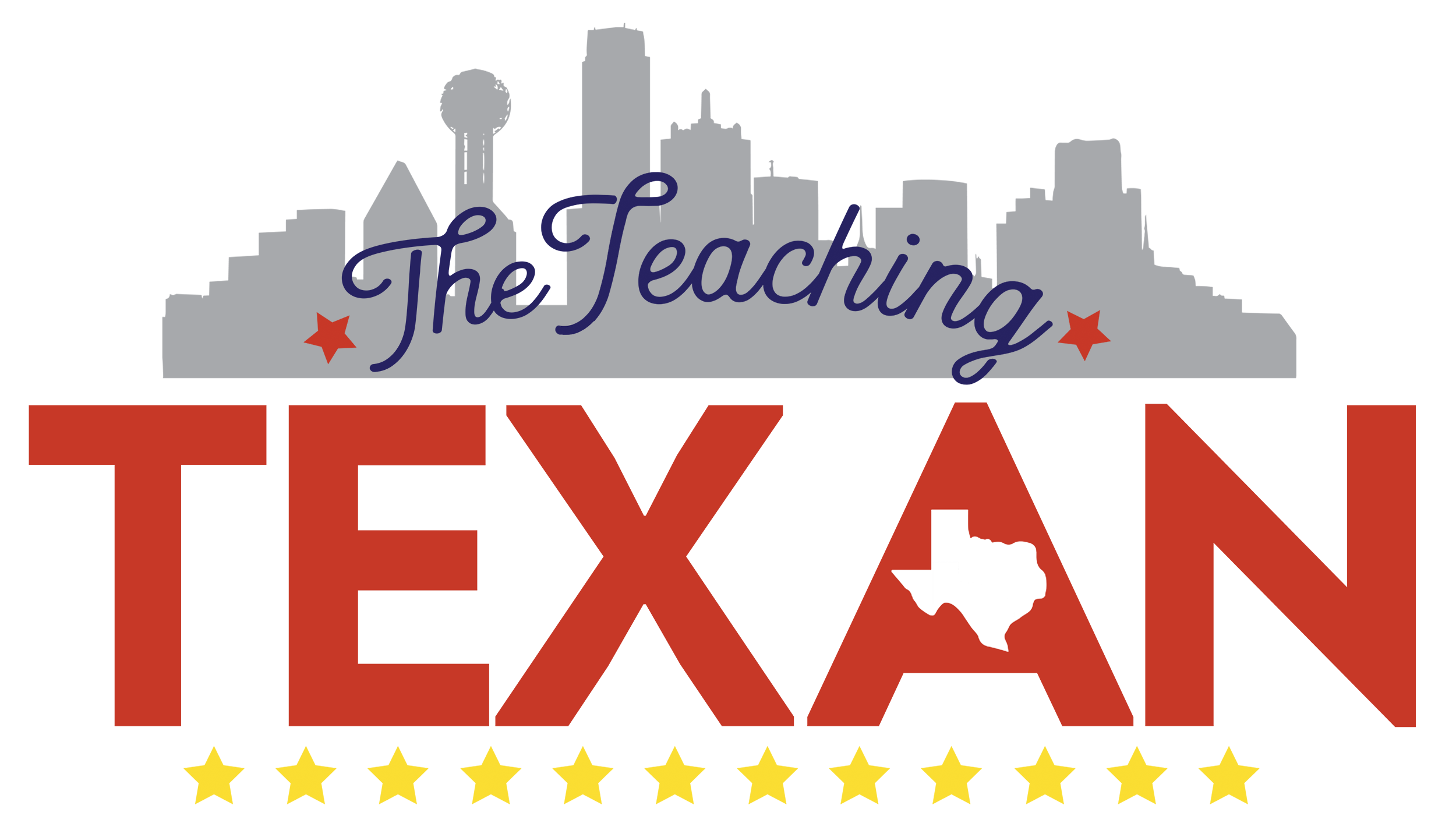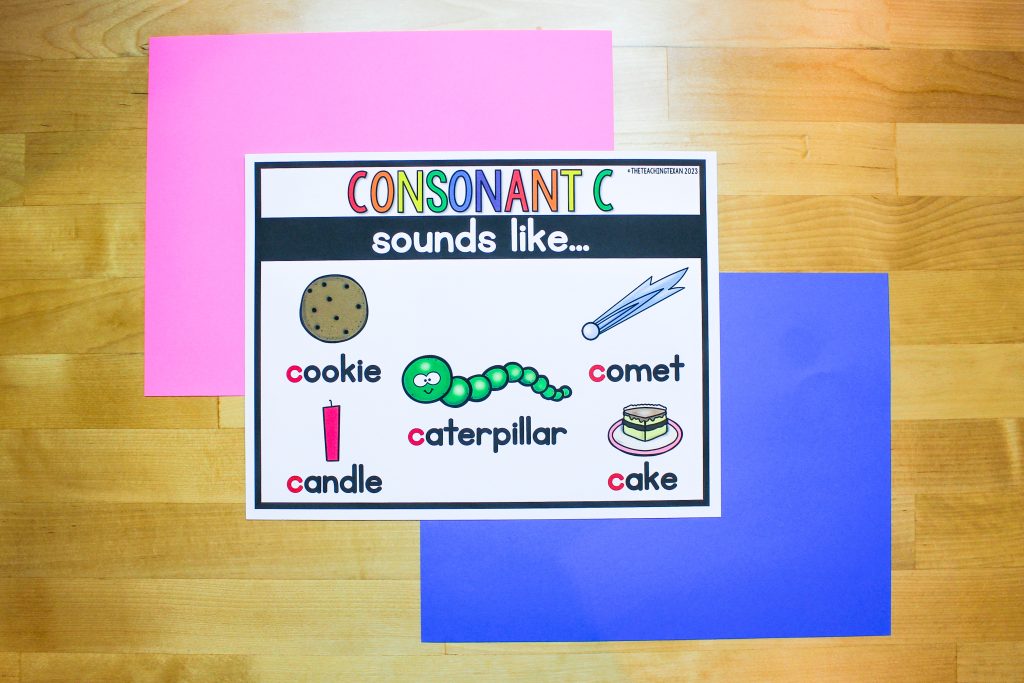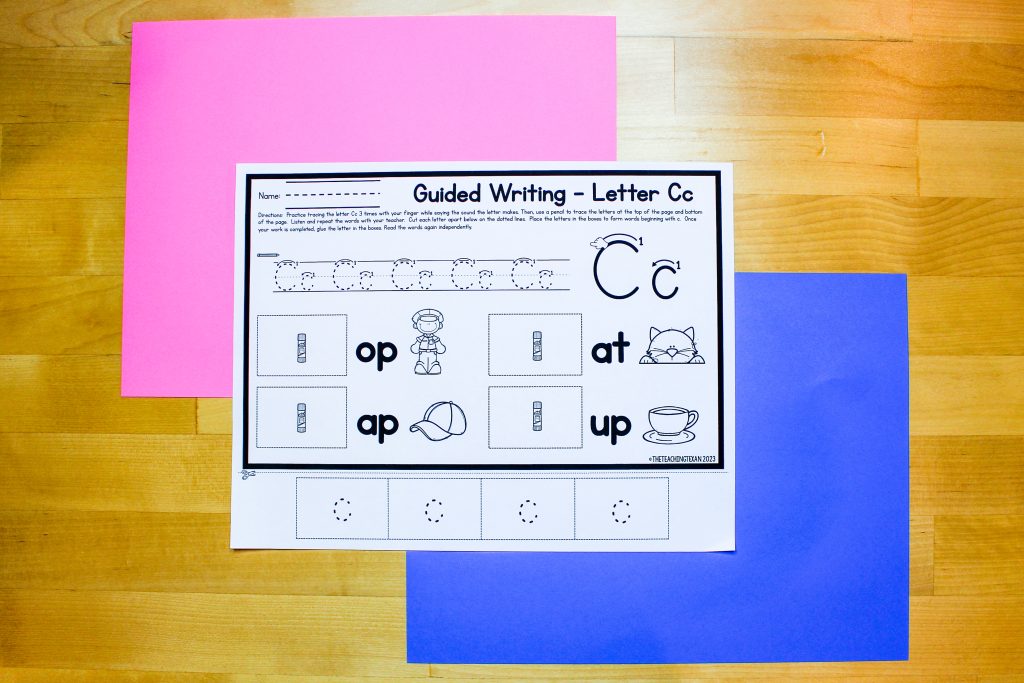What do I focus on with my pre-reading students?
As an educator or, heck, even a parent of pre-reading students, it is so incredibly important that we are working on the RIGHT skills to help build a strong foundation for later reading success.
So often we get caught in this “race to read” which, unfortunately, leads to so many students missing key building blocks for being a skilled reader. So, today lets dive into some of the skills we should be focusing on with students who aren’t reading, YET.

- Phonological Awareness
I feel like this has been in almost all of my recent posts, but phonological awareness is one of the most important things we can work on with our pre-reading (and even reading) students. If you’ve never seen a visual of the PA continuum before, here’s a brief overview.

Read more about rhyming and alliteration here. Read more about segmenting sentences, syllables and onset-rime here. Read more about phoneme manipulation here.
2. Letter Knowledge
It feels like this one may be a no brainer to even say, but one of the foundations of learning to read is the ability to quickly recognize letters and recall the sound they represent.
Let’s keep this multimodal and engage those senses while we’re at it! I like to focus on 2 to 3 letters per week (goodbye one letter a week – that’ll take you 26 weeks to get through the alphabet)!
Introduce the letter name and sound but also incorporate one of my favorite kinesthetic approaches – sky writing!
Have students use their pointer finger of their dominant hand to sky write each letter, write on their leg, or on a friend’s back. They can make the shape of the letter with their body either standing up or lying down (if you’re in a big enough space — this makes a good outdoor activity!). This engages the brain in solidifying the formation of each letter. Make sure to remind students and have them repeat the letter they’re practicing out loud as they practice.
And to work on that automatic recognition I love having my students work with an alphabet-level decodable reader. They’re written so the student can focus on a single letter, and they also build vocabulary as they name each picture!
These are perfect for helping students associate a sound with the written symbol that represents it, and they feel SO proud of themselves for beginning to read! You can grab a set for yourself right here.
Read more about letter knowledge here.
3. Print Awareness
Print awareness centers on how to interact with books. Things like… where is the front/back cover? Where is the title? Where is the top or bottom of the page? How do you turn the pages?
Even though the students we are focusing on today aren’t ready to read words in a text, they are ready to handle books and to learn how to interact with them. This is a wonderful opportunity to teach them how to “read” pictures and tell the story themselves using illustrations.
Remember those alphabet decodable readers I referred to what I talked about letter knowledge? Your gonna hit a two for one here because they are not only appropriate for building a strong letter knowledge foundation, but they also give students experience with interacting with a book!
4. Vocabulary
A strong vocabulary is essential for reading comprehension. How do we build a robust vocabulary with young students?
Well friend, you probably already guessed that it had to do with lots of exposure to hearing books read aloud! That alone is going to open up the door for young students to hear a vast array of language, but lets take it a step further…
Bring in the nonfiction texts for building vocabulary! Not only do nonfiction texts teach academic vocabulary within context, they are also often supported by engaging illustrations that help our younger readers form meaningful connections to the meaning of the word.

5. Listening Comprehension
This is another area I feel like so many teachers do innately before students are reading on their own, but having some targeted skills you are focusing on his helpful.
We know that the goal of reading is to comprehend or understand what we’ve read, but these skills actually start to develop BEFORE we ever read a text on our own. Comprehension skills start to develop through listening to stories and then having discussions.
What comprehension skills can we work to develop? Things like retelling a story, identifying the beginning/middle/end, asking and answering questions about the text that was read, and making connections to the text and their own experiences or even another text.

And, if you’re looking for a handy guide for reading comprehension skills you can focus on, I’ve got you covered friend!







This is awesome thank you
So glad you found it helpful! 🙂